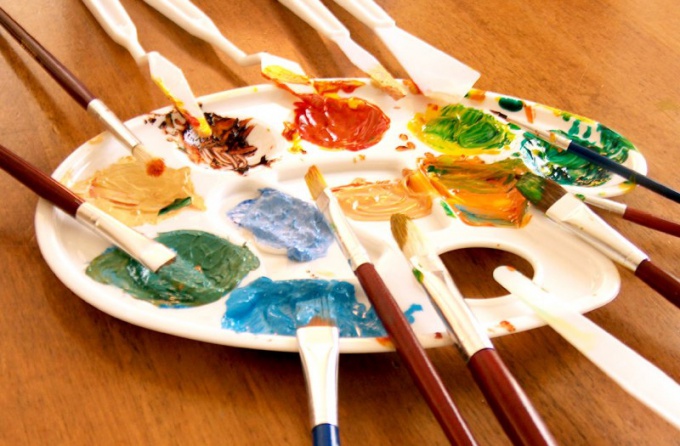You will need
- paper;
- pencil;
- - eraser;
- - brush;
- - colors.
- - the palette.
Instruction
1
Make a sketch. If you are going to paint a portrait in watercolor, acrylic or gouache, sketch, you can draw a simple pencil. Before working in color pencil lines will need to lighten with the eraser. If you prefer tempera or oil paints, the painting will have to start with the underpainting. Sketch the work in pencil on a separate sheet, calculate the proportions of a human. Shift these calculations on paper or canvas.
2
Underpainting for tempera portrait do a touch of distemper, which is in all elements of the picture. The shade should be bright so that it can subsequently enhance or override. For oil painting underpainting would be easier to do with acrylic paints. Please indicate the main shapes of the figure and apply the drop shadow.
3
A method of operating a color depends on paint you choose. If it's watercolor, thinned acrylic or gouache to paint the picture need a paint bucket. Start with areas of the body that are not covered by clothing. Determine the lightest shade which is visible on the skin. Mix the same in the palette. Try immediately are mixed enough paint to have enough for the pattern and not have to re-choose a combination of colors.
4
Then create the cast shadow on the skin. A wide brush, spread the first color pattern. When it dries a bit, apply a spot of shade. In the same way pour the clothes of the person. Then paint the face using the brush smaller. Not pririsovyvat face until the end, you just apply the main shade and partial shade on the cheeks, temples, chin, next to nose.
5
Take a thin brush and draw all the shades and their own shadows on the torso and the head. It is important not only to convey the form of the body, but also to consider how the colors change as clothes and leather. They affect the color of each other, so the red shirt, for example, the shadows will be noticeable blue pants. But on the face will be warm reddish reflex from the shirt.
6
Below the drawing was alive, don't forget about glare. On the skin they do not always appear, but the hair and the eyes definitely need to leave no shaded area of white paper.
7
When working with tempera you have to create great fills, and work "from a piece". That is completely small strokes to draw one plot, and only then move on to the next. If you draw the person with oil paints, pay attention to the degree of transparency of colors that you are going to mix. This information is on the packaging of paint. This is especially important when selecting colour – if you mix transparent with opaque paint, the color will turn out heavy, unnatural.
